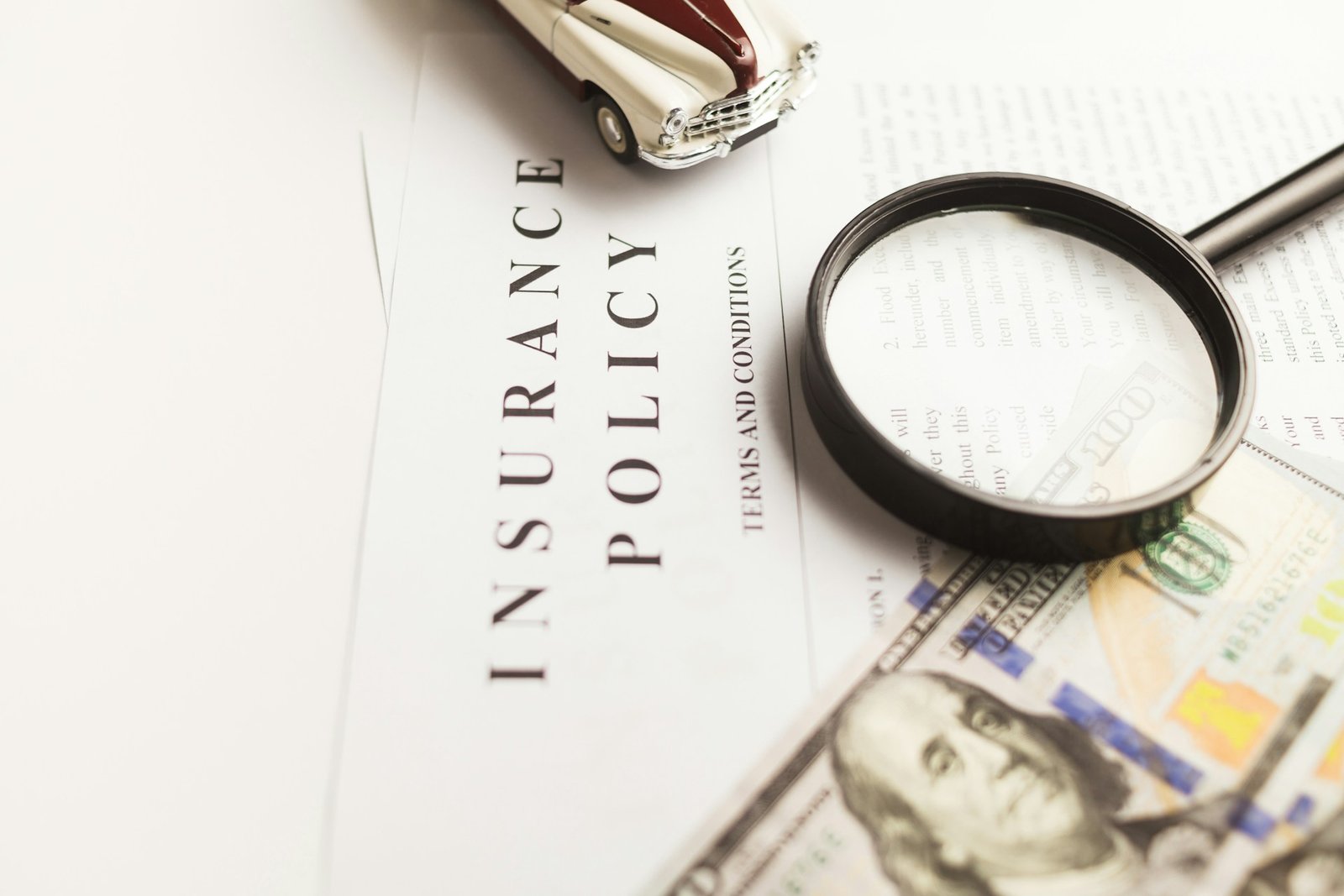In today’s fast-paced world, navigating the realm of auto insurance can often feel like deciphering a complex puzzle. However, having a solid understanding of the ins and outs of auto insurance coverage is crucial for protecting yourself and your loved ones on the road. Let’s delve into what auto insurance is and what it covers, demystifying key components such as liability limits, uninsured/underinsured motorist coverage, stacked vs. non-stacked policies, medical expense coverage in Florida, as well as comprehensive and collision coverage, among other important add-ons.
1. Auto Insurance Basics:
Auto insurance serves as a financial safety net, providing coverage for damages resulting from accidents, theft, and other unforeseen events involving your vehicle. While specific coverage options may vary depending on your policy and state regulations, there are common components that form the backbone of most auto insurance plans.
2. Liability Coverage:
Liability coverage is a fundamental aspect of auto insurance that helps protect you financially if you’re found responsible for causing injuries or property damage to others in an accident. It typically includes two types of coverage:
- Bodily Injury Liability: This coverage pays for medical expenses, lost wages, and other damages suffered by other parties involved in an accident for which you are deemed responsible.
- Property Damage Liability: Property damage liability covers the cost of repairing or replacing other people’s property, such as vehicles or structures, that you damage in an accident.
For example, if you’re at fault in a collision that results in injuries to another driver and damages to their vehicle, your liability coverage would help cover their medical bills and repair costs.
3. Uninsured/Underinsured Motorist Coverage:
Uninsured/underinsured motorist (UM/UIM) coverage steps in to protect you if you’re involved in an accident with a driver who either has no insurance or insufficient coverage to compensate you for your injuries and damages. This coverage can be crucial in situations where the at-fault driver lacks adequate insurance to cover your medical expenses and vehicle repairs.
4. Stacked vs. Non-Stacked Policies:
- Non-Stacked UM Coverage: With non-stacked UM coverage, the coverage limits for each vehicle on your policy are separate and cannot be combined. Each vehicle is insured up to its individual coverage limit.
- Stacked UM Coverage: Stacked UM coverage allows you to combine the coverage limits across multiple vehicles or policies. This can potentially increase your coverage limits, providing greater financial protection in case of accidents involving uninsured or underinsured motorists. Although, the increase in financial protection and coverage will result in a more expensive premium.
Consider a scenario where you have two vehicles insured under a stacked UM policy. If one vehicle has a coverage limit of $50,000 and the other has a limit of $75,000, you could potentially have a total coverage limit of $125,000 available in the event of an accident. If you had a non-stacked UM policy, you would either have $50,000 or $75,000 available for coverage, not the full $125,000.
5. Medical Expense Coverage in Florida:
In Florida, Personal Injury Protection (PIP) coverage is mandatory for all drivers. PIP helps cover medical expenses and lost wages for you and your passengers, regardless of who is at fault in an accident. It’s important to note that PIP coverage is limited and may not fully cover all medical expenses in severe accidents.
6. Comprehensive and Collision Coverage:
- Comprehensive Coverage: Comprehensive coverage protects your vehicle against non-collision related damages, such as theft, vandalism, fire, and natural disasters.
- Collision Coverage: Collision coverage helps cover the cost of repairing or replacing your vehicle if it’s damaged in a collision with another vehicle or object.
These coverages are typically subject to deductibles, which represent the amount you’re responsible for paying out of pocket before your insurance kicks in.
7. Additional Add-Ons:
Beyond the core coverages mentioned above, auto insurance policies may offer additional add-ons for enhanced protection, such as:
- Rental Reimbursement Coverage
- Towing and Labor Coverage
- Gap Insurance
- Custom Parts and Equipment Coverage
These optional coverages can provide peace of mind and fill gaps in your standard auto insurance policy.
In conclusion, understanding auto insurance and its various components is essential for safeguarding yourself against the financial repercussions of unexpected accidents and incidents on the road. By familiarizing yourself with liability limits, uninsured/underinsured motorist coverage, stacked vs. non-stacked policies, medical expense coverage, and additional add-ons, you can make informed decisions when selecting the right auto insurance policy for your needs. Remember, auto insurance isn’t just a legal requirement; it’s a critical investment in your financial security and peace of mind while driving.

